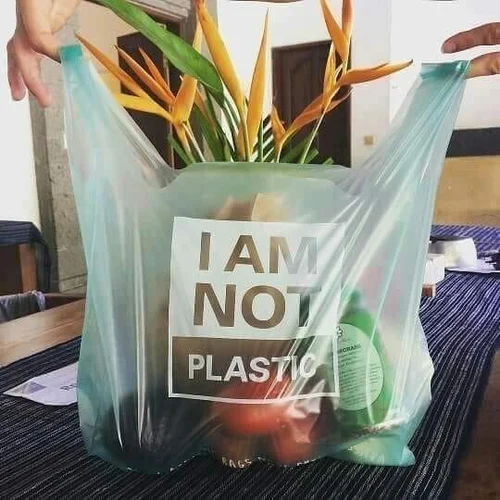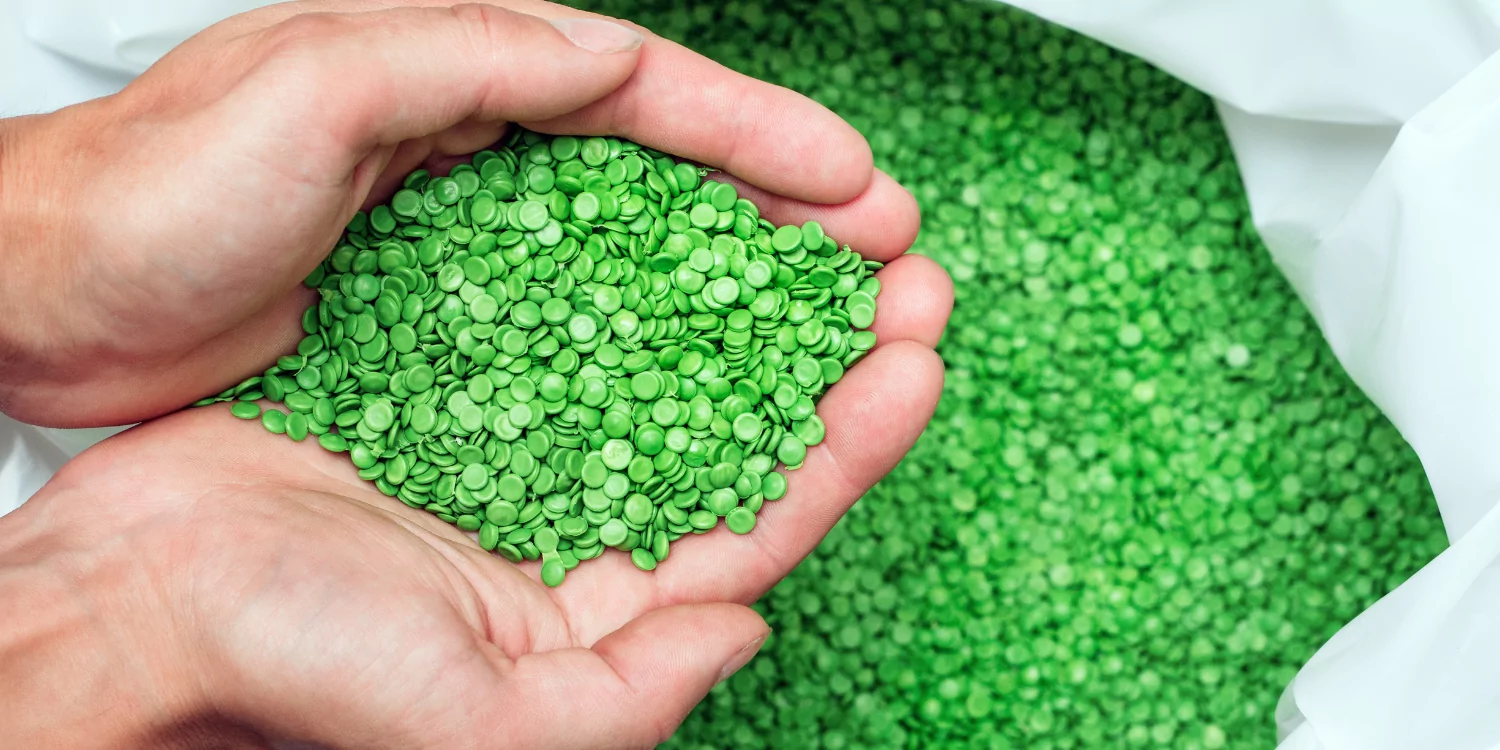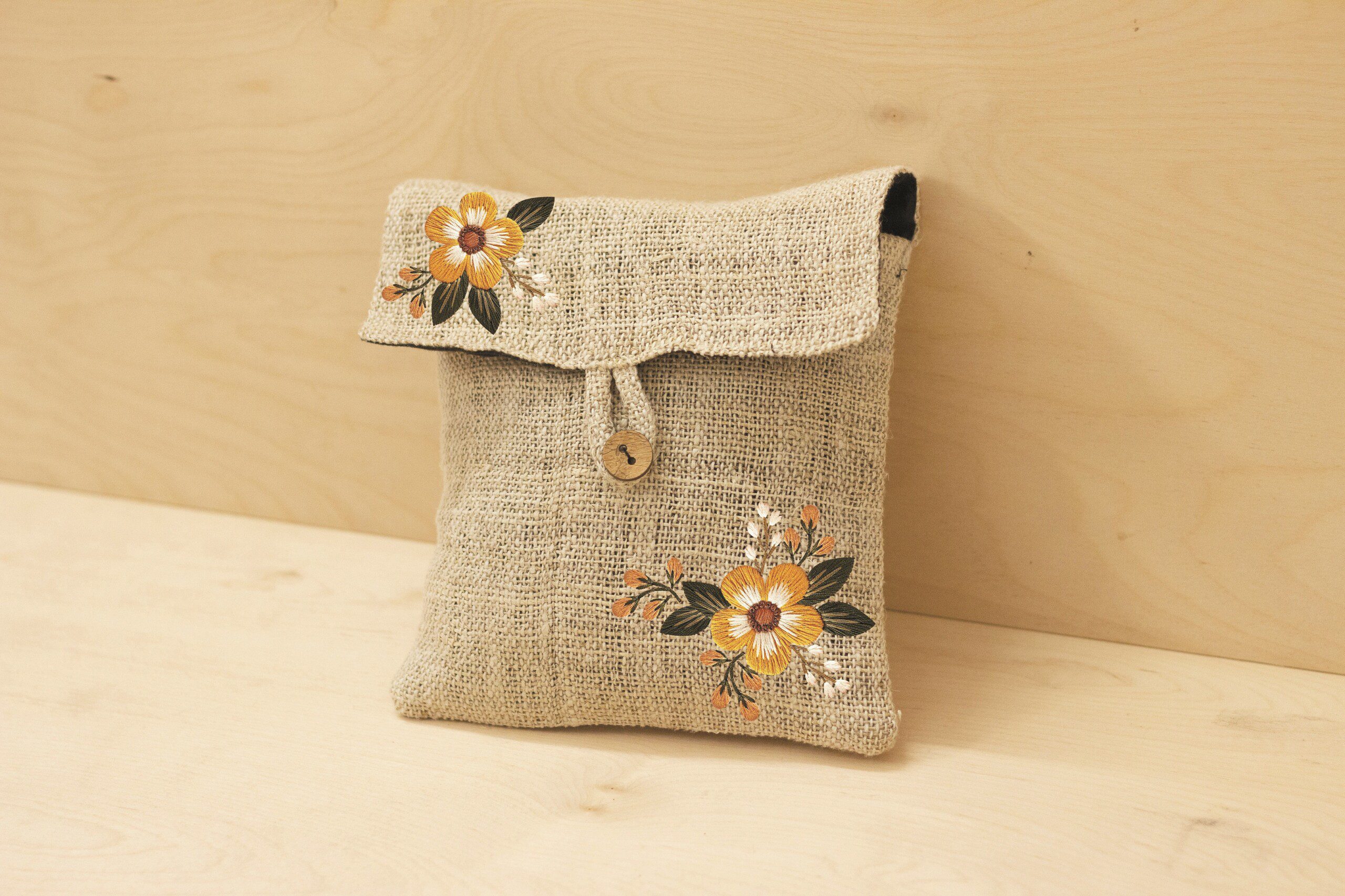Hemp Plastic
The green solution we’ve all been waiting for?
Say goodbye to harmful plastics.
Discover hemp’s power to transform industries and protect the planet—without compromise.
Finally, a material that’s as tough as it is green.
Hemp plastic is a lot more than just eco-friendly. It’s practical, strong, and versatile. It replaces harmful plastics, with zero compromise on durability or performance. In hemp plastic, industries get a material that works just as well, but with the added benefit of being better for the planet and future generations.
Lightweight yet incredibly durable
- Naturally biodegradable and safe
- Cuts plastic waste significantly
- Performs well across industries
- Sustainable without sacrificing quality
Why forward-thinking businesses are embracing hemp plastic today.
By choosing hemp plastic, businesses help create a cleaner, more efficient future where sustainability leads to success.
Naturally decomposes without pollution
Strength matches industrial standards
Supports a low-carbon future



Sustainable, Strong, and Biodegradable: The Magic of Hemp Plastic
Let’s say we offered you a choice.
On one side is plastic as we know it today.
On the other is a material that looks like plastic, works like plastic, is strong like plastic, is versatile like plastic, and is affordable like plastic.
But it’s not ‘plastic’.
In many ways, it is quite the opposite of plastic.
For example:
- When discarded, it biodegrades in months, not millennia.
- It doesn’t release harmful microplastics into the environment as it breaks down.
- Its production reduces carbon emissions by up to 75% compared to traditional plastic.
Now, would you switch to this remarkable alternative, or stick with traditional plastic made from polylactic acid (PLA)?
For us, and for many businesses, the decision is obvious.
The exciting news is that this is much closer to reality than you might think.
Of course, the ‘good’ plastic is essentially plastic made out of hemp.
So let’s understand a bit more about it.
Hemp plastic – mimics plastic but disappears in months
To understand hemp plastic, we first need to talk about hemp.
Hemp is a variety of the Cannabis sativa plant—yes, the same species as marijuana. However, marijuana contains a psychoactive compound called tetrahydrocannabinol (THC). On the other hand, industrial hemp has such low THC levels that it’s impossible to use it as a recreational drug.
The hemp plant is incredibly versatile. Today, we have stable industrial processes to make materials like yarn, fibres, clothing, and nutrient-rich seeds known as “hemp hearts”, all out of this one crop.
But today, we’re focusing on something extraordinary—hemp plastic.
Hemp plastic offers the same versatility as traditional plastic but with one key difference: it’s cleaner to make, and it biodegrades quickly.
So, this isn’t a conjecture, this is a declaration. We know that hemp plastic works. We know that we can make bottles, containers, or packaging out of this hemp plastic, without the environmental damage.
But even this is a shallow view. The promise of hemp plastic is much more.
The advantage of hemp plastic: stronger and safe
Let’s break down why hemp plastic is being hailed as the future of sustainable materials:
It is biodegradable
Traditional plastic can persist for hundreds, even thousands of years. On the other hand, hemp plastic can break down within three to six months.
Its carbon footprint is much lower
The production of conventional plastic is carbon-intensive. The process releases vast amounts of CO₂. On the other hand, hemp plastic manufacturing produces only 25% of the emissions.
It is versatile
From food packaging to automotive parts, hemp plastic can replace nearly any plastic product. If it can be made from plastic today, it can be made from hemp plastic—no exceptions.
It is scalable
Although hemp farming was banned in many countries for decades, legal restrictions are easing worldwide. The raw material is available in abundance. Nations like the USA, Canada, and India are leading the switch back to industrial hemp.
It is sustainability
Hemp grows rapidly. The crop reaches maturity in just four months. It produces four times more paper per acre than trees and captures 22 tonnes of CO₂ per hectare. So, while traditional plastic production adds CO₂, hemp cultivation helps reduce it.
It is non-toxic
Hemp plastic does not leach harmful chemicals like BPA or phthalates (while petroleum-based plastics so). It is free from endocrine disruptors and carcinogens, which makes it safe for both humans and the environment.
It is durable
Hemp fibres are among the strongest. Plastics made with hemp offer greater tensile strength and heat resistance than polypropylene.
It is easy to rattle off a dozen more benefits, but the proof is there for everyone to see.
Insert some images of hemp plastic products
Alternatives to plastic do exist, but they come with significant drawbacks.
- Corn-based plastics are up to three times more expensive than petroleum-based plastic, and compete with food production.
- Sugarcane-based plastics require vast amounts of water and cause deforestation.
- Traditional biodegradable plastics still contain up to 40% petroleum-based materials.
Hemp plastic avoids these pitfalls. It’s not only easier to produce but also delivers on all fronts: affordability, sustainability, and performance.
So, how exactly is hemp plastic made? Let’s explore the process.
How hemp stalks become hemp plastic
Here’s how hemp plastic comes to life:
- First, industrial hemp plants are cultivated.
- These plants reach maturity in just 120 days and require minimal pesticides and water compared to most other crops.
Side note: Hemp plants don’t just grow quickly—they also remove CO2 from the air, offering a double win. Since they mature in 120 days, they can be cultivated three times a year.
- Next, the stalks are harvested. This is where the magic happens—these stalks contain bast fibers, some of the strongest natural fibers known to science.
- During processing, these fibers are separated through a process called retting. Here, the plant’s natural enzymes break down the pectin that binds the fibers together.
- After that comes cellulose extraction. Advanced chemical processes isolate pure cellulose from these fibers—this is the building block of hemp plastic.
- Then, we enter the critical polymerization phase. In this step, the cellulose is transformed into long molecular chains using specific catalysts and carefully controlled conditions.
- At this stage, material properties can be adjusted by controlling temperature and pressure. The result? A material that can be as flexible as tubing, strong enough for boxes that hold tonnes of weight, or anything in between.
- Finally, these polymers are compounded with natural additives to create pellets. These pellets are ready to be molded into virtually anything, from packaging to automotive parts, just like traditional plastic.
Now, you’ve seen how hemp plastic is made.
Hemp plastic is a solution that individuals and businesses can adopt without disrupting their daily lives. By making this switch, they can help solve the global plastic problem effortlessly.
Let’s explore real-world examples of how hemp plastic is being used today.
We’ll begin with consumer-grade products.
These are products you can buy today, right off the shelves.
Hemp Plastic Products for Consumers
Insert some images of hemp plastic products
Here are some clear examples of how hemp plastic is already replacing traditional plastics in our daily lives:
Water Bottles
Let’s start with water bottles.A single bottle made from conventional plastic takes 450–1,000 years to degrade.
During that time, it breaks down into harmful microplastics. These microplastics pollute our food chain and water systems. In contrast, hemp plastic water bottles fully decompose within 3–6 months in industrial composting facilities. They offer the same durability during use. More importantly, they vanish completely when disposed of.
Storage Containers
Food storage containers are another key example. Traditional plastic containers leach chemicals into food when exposed to heat. On the other hand, hemp plastic containers are naturally BPA-free, food-safe, and free from harmful chemical leaching. They deliver the same durability and sealing capabilities as any plastic container.Phone Cases
Conventional plastic phone cases account for 50 million tons of e-waste generated annually. Hemp plastic cases, however, can be composted. So, a hemp-based phone cover offers the same bump protection to your phone but doesn’t hurt the environment.Toiletries
Standard plastic toothbrushes—of which 1 billion are disposed of annually in the US alone—remain in landfills for centuries. Hemp plastic toothbrushes are gaining popularity.Fashion
For eyewear, hemp plastic sunglasses frames can offer UV resistance and don’t require requiring additional chemical treatments. They are more durable than acetate frames and retain their structural integrity even in high temperatures.Electronic Gadgets
Even in electronics, hemp plastic have a huge role to play. Laptop and tablet cases made from hemp plastic provide impact resistance comparable to ABS plastic. The important bit is that we get this without the eternal environmental footprint.Hemp plastic isn’t just for consumers—it’s also a game-changer for businesses.
Here are some examples of how industries are leveraging hemp plastic:
Hemp Plastic Products for Businesses
Insert some images of hemp plastic products
Auto Industry
The automotive sector is leading the charge. Car manufacturers are replacing ABS plastic components with hemp plastic for door panels, dashboards, and interior trim. These parts reduce vehicle weight by 10–15%, improving fuel efficiency while still meeting crash safety standards.Construction Industry
In construction, hemp plastic lumber is proving to be a durable alternative. It lasts longer than traditional composite decking, requires no chemical treatments for weather resistance, and maintains structural integrity for 25–30 years before biodegrading.Packaging Industry
Industrial packaging has embraced hemp plastic for protective components like shock-absorbent inserts, packing materials, and industrial containers. These products offer the same protection as traditional plastics but are fully biodegradable. One major electronics manufacturer reduced 50 tons of foam packaging waste annually by switching to hemp plastic.Machinery
In heavy machinery, non-load-bearing parts like covers, housings, and internal separators are being converted to hemp plastic. These components provide better heat resistance than conventional plastics while also reducing overall machine weight.FF&E (Furniture, Fittings, and Equipment)
The FF&E sector, which accounts for 11% of global business spending, is incorporating hemp plastic into chair components, desk organizers, and modular partitions. These products match the durability of traditional materials while offering biodegradability at the end of their lifecycle.Retail
Retail display systems made from hemp plastic help reduce storage fixture waste. In the US alone, traditional retail displays generate 300 million pounds of plastic waste annually. Hemp plastic versions serve their purpose and then decompose fully, leaving no trace.Food Industry
The restaurant sector is transitioning to hemp plastic for food prep containers, serving trays, and other equipment. These products meet NSF certification for food safety while eliminating the microplastic contamination common with traditional plastics.Hemp plastic demonstrates that industries no longer need to choose between functionality and environmental responsibility.
Every product mentioned here performs just as well—if not better—than its traditional plastic counterpart. The real difference lies in what happens after disposal. While conventional plastic could outlast future generations, hemp plastic returns to the earth within months, not millennia.
This shift toward hemp plastic is already transforming industries.
Replace single-use plastics: Choose sustainable hemp alternatives
If you’re considering entering the hemp plastics market—or any hemp-based industry—we’re here to help.
We are proud pioneers of the hemp industry in India.
Our hemp solutions are rooted in the Himalayan region of Uttarakhand, a place synonymous with natural beauty and purity.
What sets us apart is our integrated approach.
We aren’t just suppliers; we’re ecosystem builders. When you partner with The Hemp Foundation, or our daughter brand, Ukhi, you gain access to:
A Complete Hemp Portfolio
From raw materials to finished products, our extensive catalog includes hemp plastics, textiles, paper, and even food products. Every product line adheres to international quality standards while uplifting local tribal communities.Global Export Infrastructure
We serve markets across the US, Europe, and the UK with a proven delivery timeline of just 15 days to anywhere in the world. Whether you need a small trial order of 20 kilos or a bulk shipment of 20 tons, we’ve got you covered.A Unique Social Impact Model
Here’s what truly makes us different: Every product you source from Hemp Foundation directly supports employment in Uttarakhand’s remote villages, with a focus on empowering women.Plus, our hemp is cultivated in pristine Himalayan soil without artificial fertilizers, ensuring sustainability at every step.
What more could you ask for? Contact us today to schedule a free discovery call and explore how we can help your business make the transition to hemp plastic.